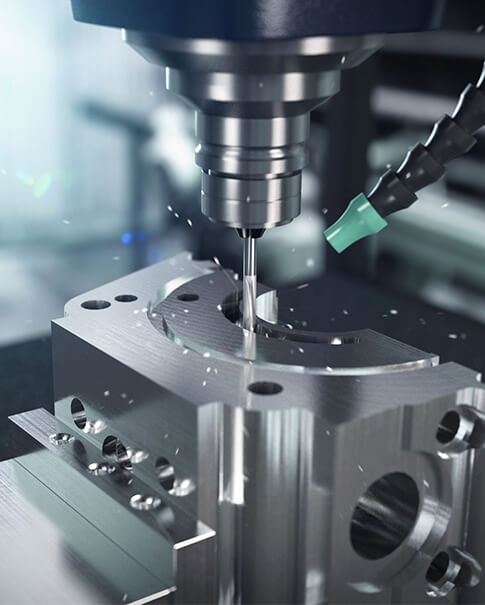
Vacuum Casting
|
Vacuum casting is a manufacturing technology that uses a vacuum to draw liquid casting material into a mold. It differs significantly from injection molding, which pushes liquid material into a mold using a screw.The vacuum casting process involves encapsulating a master model in liquid silicon rubber; a vacuum is then applied to the mould. The mould is then cured in an oven at around 70ºC.Once cured, the mould can be cut open, at which point the master mould is removed leaving a mould cavity perfectly replicating the master model. Master models are typically made from Stereolithgraphy models, which are painted and textured to give the desired finishes.
The quality of the master model dictates part quality, and complexity can be accommodated through multi-segmented moulds. The polyurethane resin materials are mixed and poured into the silicon mould under a vacuum to avoid voids and bubbles before being cured in an oven. For higher production rates, multiple parts can be moulded simultaneously in one silicon rubber mould.
Vacuum casting components can be used in applications from automotive under-bonnet, high quality mouldings for trim and consumer products, through to high performance structural parts in vacuum cast glass filled nylon. All possible without the need for hard steel tooling. |
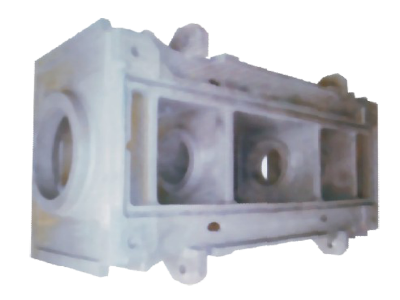 |
Characteristics & applications of vacuum casting
Vacuum casting is one of the most cost-effective ways to produce high quality, low volume plastic parts which can be similar to injection moulding parts.The parts are especially suitable for form, fit and function tests during the embodiment design stages, where they can be used for marketing, field user testing and product design verification purposes.
There are many vacuum casting resins commercially available that can be used to create parts to satisfy a wide range of design requirements such as temperature requirements, different surface textures, hardness, etc.
Materials are also available to create parts that are fully opaque, translucent or completely transparent.
Sometimes high-quality wax masters can be made using vacuum casting for investment casting to increase the finer details of intricate features.
Typical technical specification
| Time frame | Within 24 hr – 10 working days for up to 20-25 parts |
| Material choice | Wide variety of materials available |
| Accuracy | ±0.3% (with a lower limit of ± 0.3 mm on dimensions smaller than 100 mm) |
| Minimum wall thickness | To ensure that the mould is filled properly, a wall thickness of at least 0.75 mm is necessary. But best results are achieved with a recommended wall thickness of 1.5 mm |
| Maximum part dimensions | The size of the mould is limited by the dimensions of the vacuum chamber |
| Typical quantities | Up to 50 parts per mould |
| Surface structure | Gloss to Matt surface finish can be obtained |
Advantages of Vacuum Casting:
1:Fast turnaround
GT can provide up to 25 parts in 10 days or less, depending on part specification and volume.
Multiple components can be used from the master pattern within 24hrs which would reduce the product design prototyping stage cutting time and cost on new product development .
2:Capable of producing large parts
Depending on the type of equipment used, vacuum casting can to create very large parts.
3:Repeatability
Silicone molds can be used around 20 times before they need replacing.
4:Superior surface finish to injection molding
The vacuum process removes air bubbles and allows the material to capture fine details.
5:Affordability
Silicone molds are less expensive than the tooling used for injection molding, resulting in low prices.
Silicone Molding-we not just make vaccum casting from Silicone Molding but also Prodcution Silicone Molding
GT is dedicated to providing high quality, custom molded, precision silicone components for implantable and disposable medical devices. Their engineers are prepared to work with each customer in order to define the best molding process, tool design, and manufacturing controls according to material preferences, manufacturing and assembly plans, and specific application requirements.
A 3D Printed or CNC Master pattern is created, then silicone rubber is poured around the master to create a rubber mold. The rubber mold is then used to make copies of the master pattern in a plastic resin the emulates Injection Molded plastics. Each mold is good for 15 to 25 parts. Each part can be cast in color with texture.
Silicone Casting: In virtually any color, silicone castings can be made to produce identical units in the dozens up to the hundreds, saving money over metal options.
Silicone Molding: A single metal mold can produce thousands of identical rubber parts in nearly any color imaginable. Low-volume silicone rubber manufacturing is fast, efficient, and extremely competitive in pricing.
Parts of the product:
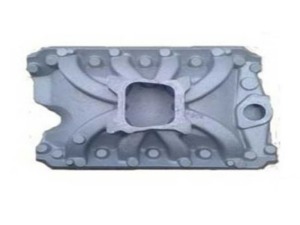 |
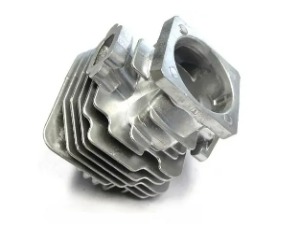 |
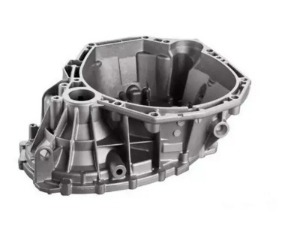 |
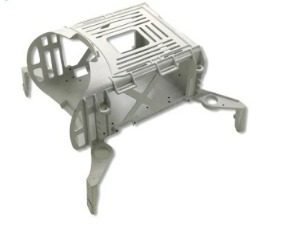 |